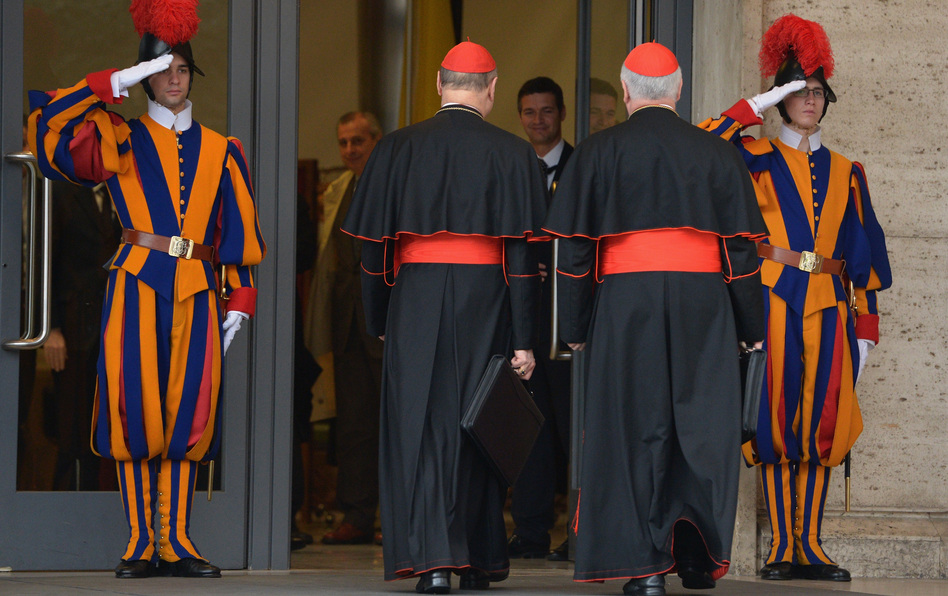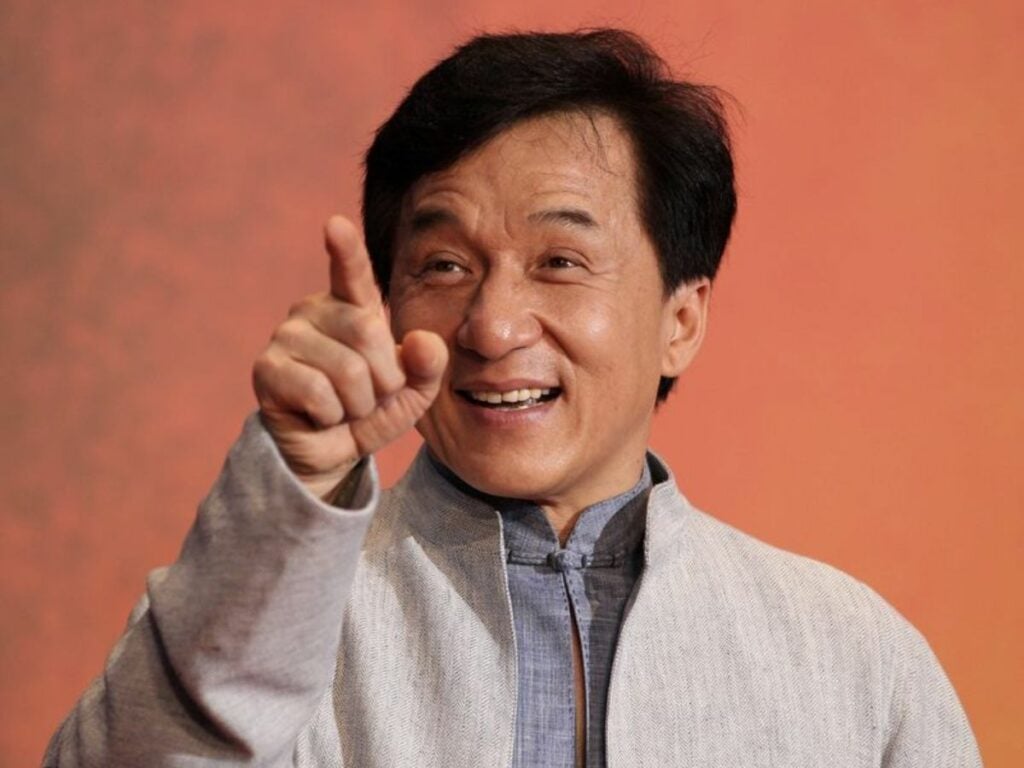Papal Conclave: Process And Significance In Catholic Church History

Table of Contents
The Historical Evolution of the Papal Conclave
The methods of papal election have evolved significantly throughout history. Early practices were often less formalized and prone to manipulation. Initially, elections were sometimes decided by acclamation, with the crowd voicing their support for a particular candidate. Other times, the clergy and even the Roman populace played a role, leading to chaotic and sometimes contested outcomes. These early, less structured methods frequently resulted in protracted periods of sede vacante (the vacancy of the papal see) and even schisms within the Church.
Key historical moments marked turning points in the development of the conclave. The Papal election of 1268, a particularly protracted and tumultuous process, prompted significant reform. The ensuing creation of formalized rules aimed to streamline the election process and prevent undue influence. Several Papal Bulls and decrees, issued over the centuries, further refined the conclave's procedures, gradually shaping the process into the structured event we know today. These papal pronouncements aimed to curtail external pressures and enhance the secrecy surrounding the proceedings. The transition from more open, sometimes public processes to the increasingly secretive nature of modern conclaves reflects this long historical evolution, prioritizing a more contemplative and impartial election.
- Key Historical Influences:
- Papal election of 1268: Led to the establishment of formal rules for papal elections.
- Various Papal Bulls and decrees: Gradual refinement of conclave procedures over centuries.
- Shift from open to secretive processes: Aiming for a more impartial and less influenced election.
The Modern Papal Conclave: Process and Procedure
The modern Papal Conclave is a meticulously orchestrated event, comprising a pre-conclave period, the conclave itself, and the post-conclave procedures.
The Pre-Conclave Period
The period between a Pope's death or resignation and the commencement of the conclave is characterized by a period of mourning and intense preparation. The College of Cardinals, the body responsible for electing the new Pope, convenes to manage the Church's affairs during this sede vacante period. The Camerlengo, a Cardinal appointed by the Pope, acts as a crucial administrator, managing the temporal affairs of the Holy See until a new Pope is elected.
- Key aspects of the pre-conclave period:
- Mourning period: A time of reflection and prayer for the deceased or resigned Pope.
- Preparation for the conclave: Logistics, security, and procedural arrangements are finalized.
- Role of the Camerlengo: Management of the Holy See's administrative and financial affairs.
- Sede vacante: The period of vacancy in the papal office.
The Conclave Itself
The conclave traditionally takes place in the Sistine Chapel within Vatican City. The Cardinals are sequestered within the chapel, completely isolated from external influences. The voting procedure involves multiple scrutinies (ballots), each requiring a two-thirds majority to elect a new Pope. The iconic fumata bianca (white smoke) signals the election of a new Pope, while fumata nera (black smoke) indicates the continuation of the voting process.
- Key aspects of the conclave:
- Location: Typically the Sistine Chapel.
- Voting procedure: Secret ballots with a two-thirds majority requirement.
- Fumata bianca/nera: Signals indicating the outcome of the voting.
- Secrecy: Strict rules to ensure impartiality and prevent external influence.
Post-Conclave Procedures
Once a new Pope is elected, the announcement is made publicly from the balcony of St. Peter's Basilica. This is followed by the first Papal Mass, marking the beginning of the new pontificate. The formal installation and subsequent Papal activities are carefully planned, highlighting the symbolism and significance of the papal inauguration.
- Key aspects of the post-conclave period:
- Public announcement: The Habemus Papam announcement from St. Peter's Basilica.
- First Papal Mass: The inaugural mass of the newly elected Pope.
- Formal installation: The official beginning of the new Pope's reign.
The Significance of the Papal Conclave for the Catholic Church
The Papal Conclave plays a crucial role in ensuring the continuity of the papacy. Its process promotes Church unity and stability by selecting a leader who will guide the global mission of the Catholic Church. The chosen Pope significantly impacts theological developments, Church doctrine, and the Church's response to contemporary challenges. The influence of the Pope also extends to global politics and social issues, shaping the Church's engagement in these areas.
- Significance of the Papal Conclave:
- Continuity of the papacy: Ensuring an unbroken line of succession.
- Church unity and stability: Promoting cohesion and resolving internal conflicts.
- Global leadership: Selecting a leader capable of guiding the worldwide Catholic community.
- Influence on doctrine and theology: Impacting the Church's teachings and beliefs.
- Engagement in global issues: Shaping the Church's position on political and social matters.
Conclusion
The Papal Conclave, a process rich in history and tradition, remains a pivotal event in the life of the Catholic Church. Understanding its evolution, procedures, and significance allows us to appreciate the meticulous process by which the successor to St. Peter is chosen. From the early, less structured methods to the highly regulated modern conclave, the process consistently aims to ensure the election of a leader who can effectively guide the global Catholic community. To delve deeper into the fascinating world of papal succession and the intricacies of this ancient ritual, further research into the history of Papal Conclaves is highly recommended. Learn more about the vital role the Papal Conclave plays in the Catholic Church's governance and future.

Featured Posts
-
 Ed Shiyrn Govori Za Riana
May 07, 2025
Ed Shiyrn Govori Za Riana
May 07, 2025 -
 Rianna Vrazila Publiku Rozkishni Prikrasi Ta Nespodivaniy Vibir Odyagu
May 07, 2025
Rianna Vrazila Publiku Rozkishni Prikrasi Ta Nespodivaniy Vibir Odyagu
May 07, 2025 -
 Gobert Out Edwards And Conley Lead Jazz Vs Rockets
May 07, 2025
Gobert Out Edwards And Conley Lead Jazz Vs Rockets
May 07, 2025 -
 Forza Horizon 5 On Ps 5 Release Date Time And What To Expect
May 07, 2025
Forza Horizon 5 On Ps 5 Release Date Time And What To Expect
May 07, 2025 -
 From Box Office Bomb To Iconic Role Jackie Chans Most Powerful Character
May 07, 2025
From Box Office Bomb To Iconic Role Jackie Chans Most Powerful Character
May 07, 2025
